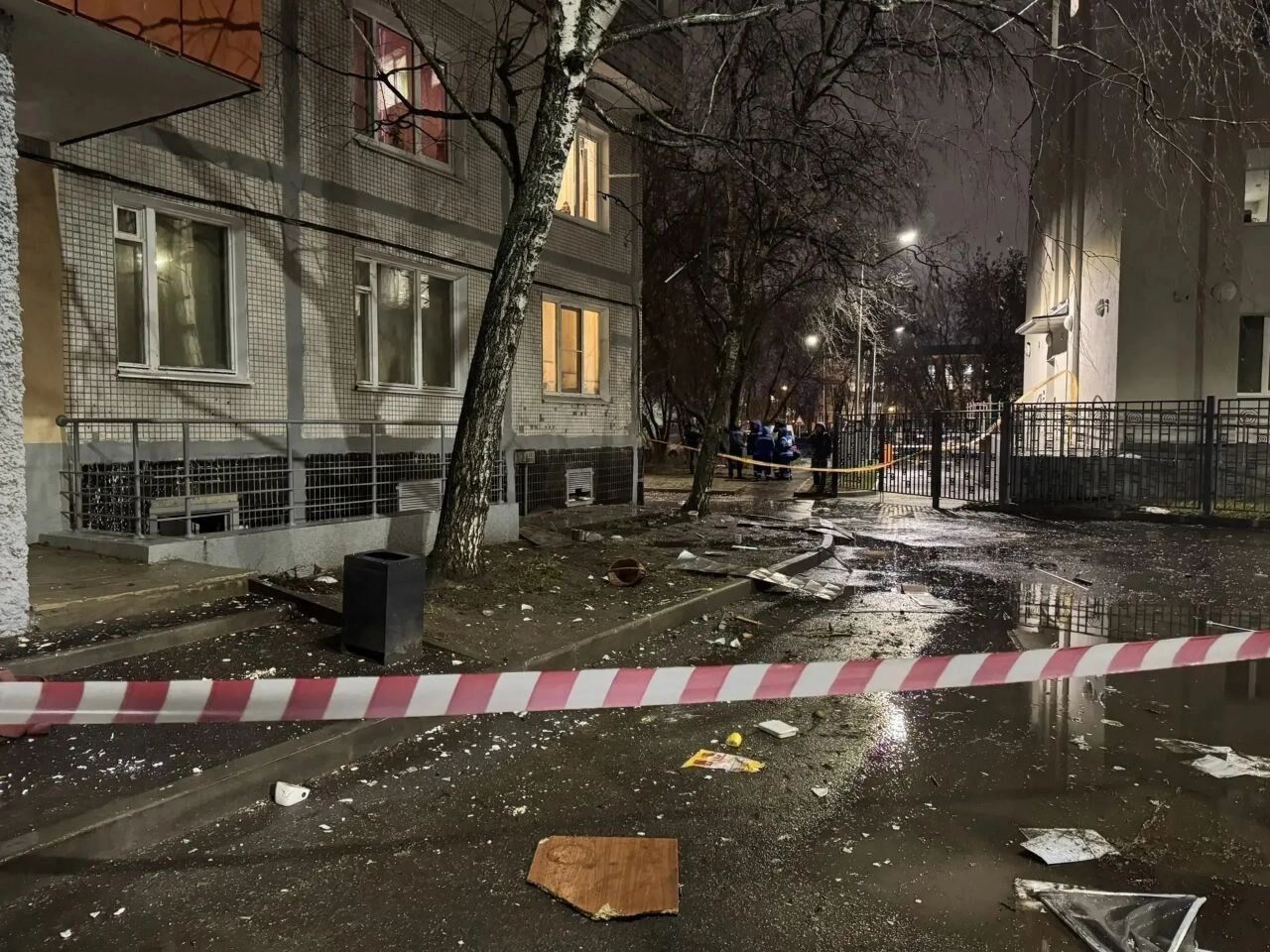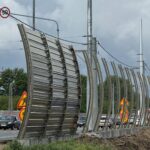Yesterday, on November 18, a gas explosion occurred in an apartment building in the Aviastroitelny district of Kazan. There is one fatality as a result, and residents of the building believe it was not an accident. What is known is presented in this material.
The explosion occurred around 17:10 in an apartment building at Lukina Street, 1a. The panel building itself, constructed in 1978, is located near the Aviastroitelnaya metro station. Preliminary information suggests a gas explosion occurred in one of the apartments. According to another version, a boiler exploded in one of the elderly women’s apartments.
After the explosion, personal belongings from the apartment were scattered across the courtyard. Balcony fragments and window pieces could be found dozens of meters from the incident site. Witnesses reported that one person died as a result – their body could be found on the street after the explosion. Later, the press service of the Russian Emergency Ministry for Tatarstan confirmed there was one fatality.
According to information, the deceased was the cohabitant of the apartment owner where the explosion occurred. The woman herself was not home at the time of the incident. The deceased allegedly called his brother and said he wanted to blow up several apartments.
The neighboring apartment was also reportedly damaged by fire, and windows were blown out in the apartment above. Later, a version emerged that the deceased – a 60-year-old man – might have committed suicide. Residents noted that he didn’t drink or smoke and didn’t bother anyone. What might have driven him to suicide remains unknown.
The fire area after the explosion was 5 square meters, according to the Emergency Ministry. The cause of the fire was to be determined by State Fire Supervision investigators. The prosecutor’s office initiated an investigation into the “gas-air mixture explosion” with subsequent ignition. The supervisory authority will also check compliance with legal requirements.

The Kazan city administration reported that officials visited the site. They noted that after the explosion, the kitchen gas equipment remained undamaged and there were no gas leaks. The explosion occurred on the balcony.
Meanwhile, the building had no heating for some time. It was restored several hours later. Additionally, there was no electricity. After the fire was extinguished, not all residents were allowed to return home, and they were offered alternative accommodation options. Most of them decided to stay with relatives and close friends.

Following an inspection, it was decided that residents of 18 apartments cannot return home, with 11 people placed in temporary accommodation. On the morning of November 19, a detailed inspection of the building structure damage was planned. Only after this will a decision be made about whether residents can return to their apartments.
According to witness accounts, the apartment was being prepared for sale. The renovation had been unfinished for several years. Meanwhile, the homeowner’s son noted that there was no gas cylinder inside and the renovation had long been completed. It is also known that a gas equipment inspection had been conducted several days before the incident.
On one of the classified advertisement websites, information was found about an apartment for sale on the 7th floor of this building. It’s unknown whether this is the same apartment where the explosion occurred. The apartment area is 60 square meters with three rooms. The property was valued at 8.3 million rubles.





